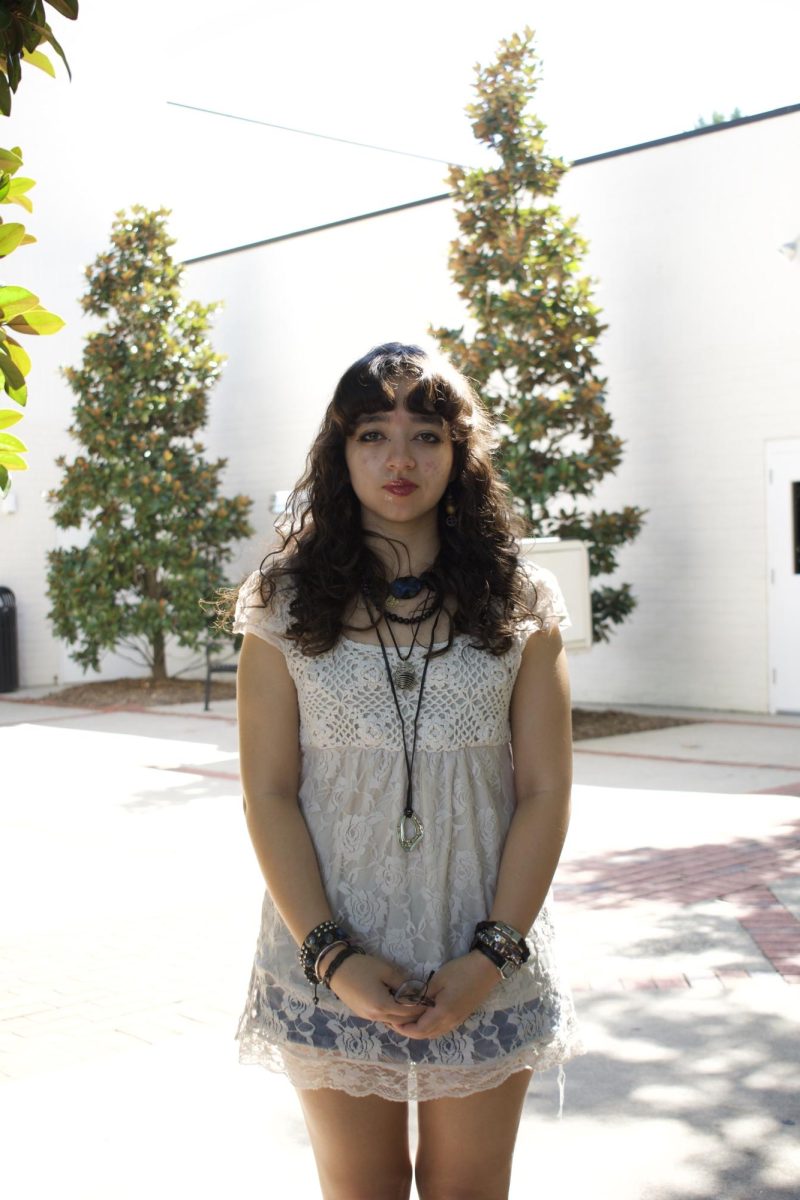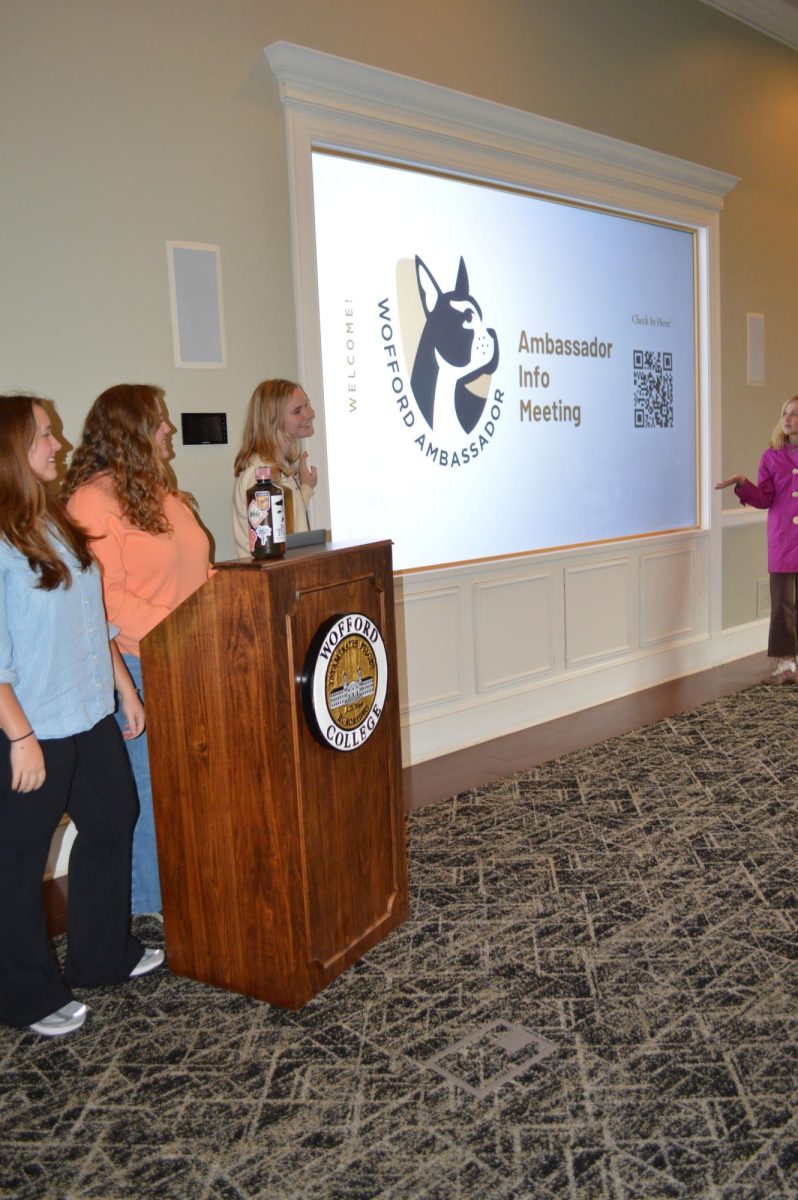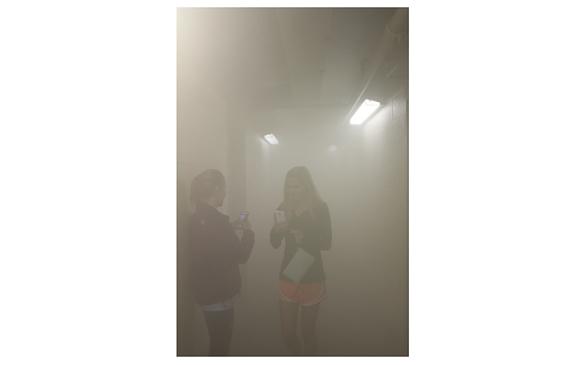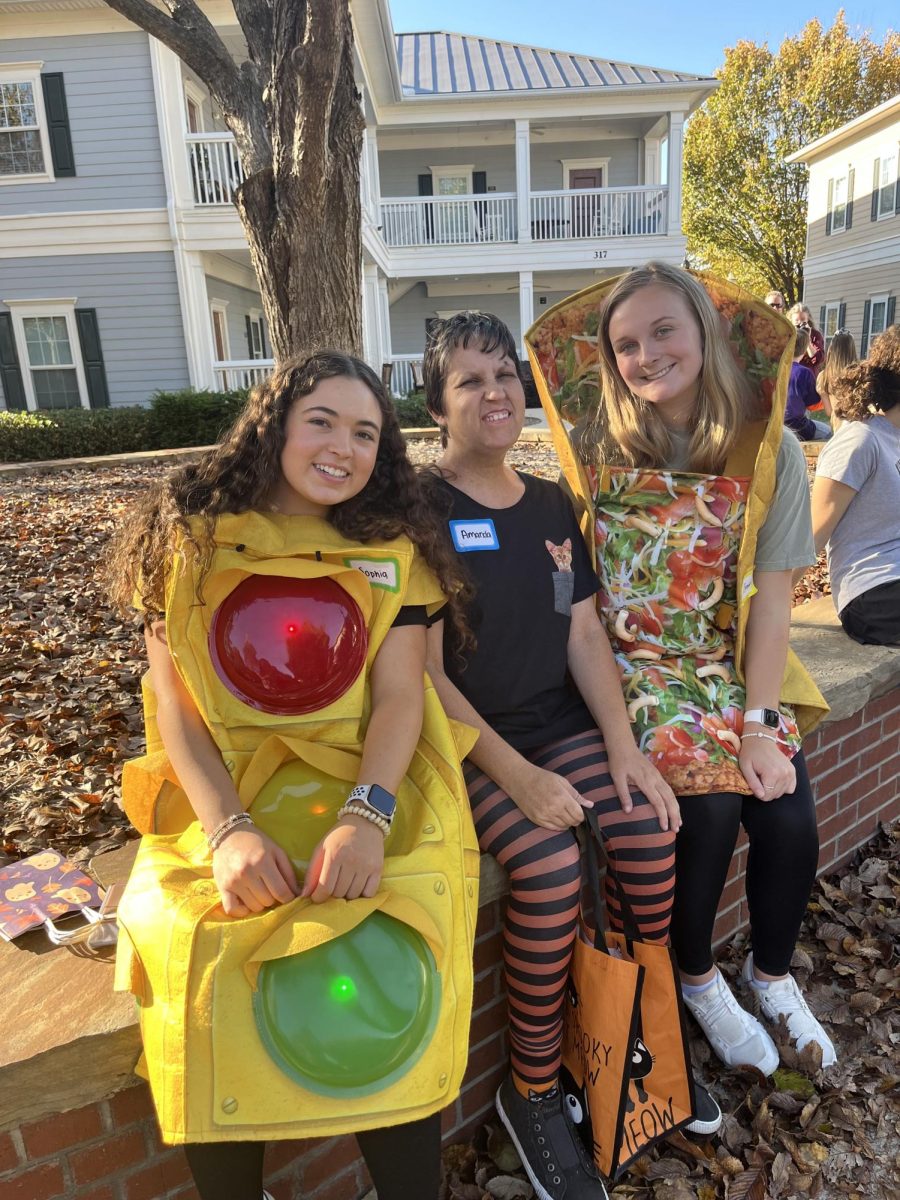By: Kelsey Aylor, Staff Writer
It’s not everyday that you see smoke billowing in the hallways and drifting underneath doors. But on Oct. 13, that’s exactly what the residents of the Shipp Residence Hall experienced as part of “The Great Smoke Out” program meant to educate Wofford students on fire safety.
Spartanburg’s fire marshals, in accordance with both Campus Safety and Residence Life, filled the second floor of Shipp with fog in order to simulate the visibility conditions one can expect in a real fire. Scheduled to begin at 7 p.m., the program had an unexpected start.
“It was still only around 6:40, when all of a sudden the alarm went off,” says Chris Wray, ’18. “The loud noise freaked me out at first, but in the end it’s good that it went off early because that’s more accurate to what would happen in a real emergency.”
Allen Lollis, ’15, the Resident Director of Shipp and DuPre, says that the program was meant to be interactive and fun.
“We didn’t want this to be like the standard fire drill, which people normally go through with an attitude of minimal tolerance,” says Lollis. “It’s definitely not as extreme as the real experience of a fire, but we hope that everybody understands what could occur if the worst were to happen. We haven’t had a residence hall burn down since the 1800s, but that’s no reason to be complacent about the situation.”
However, students appear to have mixed reviews on the effectiveness of the program. Some, like Wray, believe the simulation was good preparation for a real emergency.
“I realized how dangerous the situation is and how quickly it could escalate because there were times where I couldn’t even see the floor, much less the hallway or doors,” says Rachel McCance, ‘18. “Now I feel as if I can mentally prepare myself.”
Others felt that the simulation wasn’t nearly as effective and also believe their fellow students didn’t take the situation very seriously.
“I don’t necessarily think I would be prepared for a real fire. I understand that fog was the closest they could get to a real simulation, but there are so many other factors to consider in a real fire,” says Ariana Bien, ’18. “In reality, we would be coughing, our eyes would be watering and the smoke would be much more difficult to deal with. Anyways, most of the people who participated only did so because they were forced outside. Afterwards, they immediately went back into their rooms. ”
“I was there for the food,” says Devin McGillan, ’18. “And if there was effectiveness to the program, it was probably diminished by the fact that the fire alarms continued to go off even after the simulation ended. At that point, most people were so frustrated that they probably didn’t even care about the lesson.”
As part of the program, the Marsh Residence Hall was similarly filled with fog on Oct. 12.
“I certainly wasn’t ready for a real fire anytime soon. When I walked through Marsh, there were corners to turn and the fog was thicker, so it was actually scary to think about navigating in a real situation,” says Lollis. “We can only hope that, after this, everybody is prepared if an emergency occurs.”






























